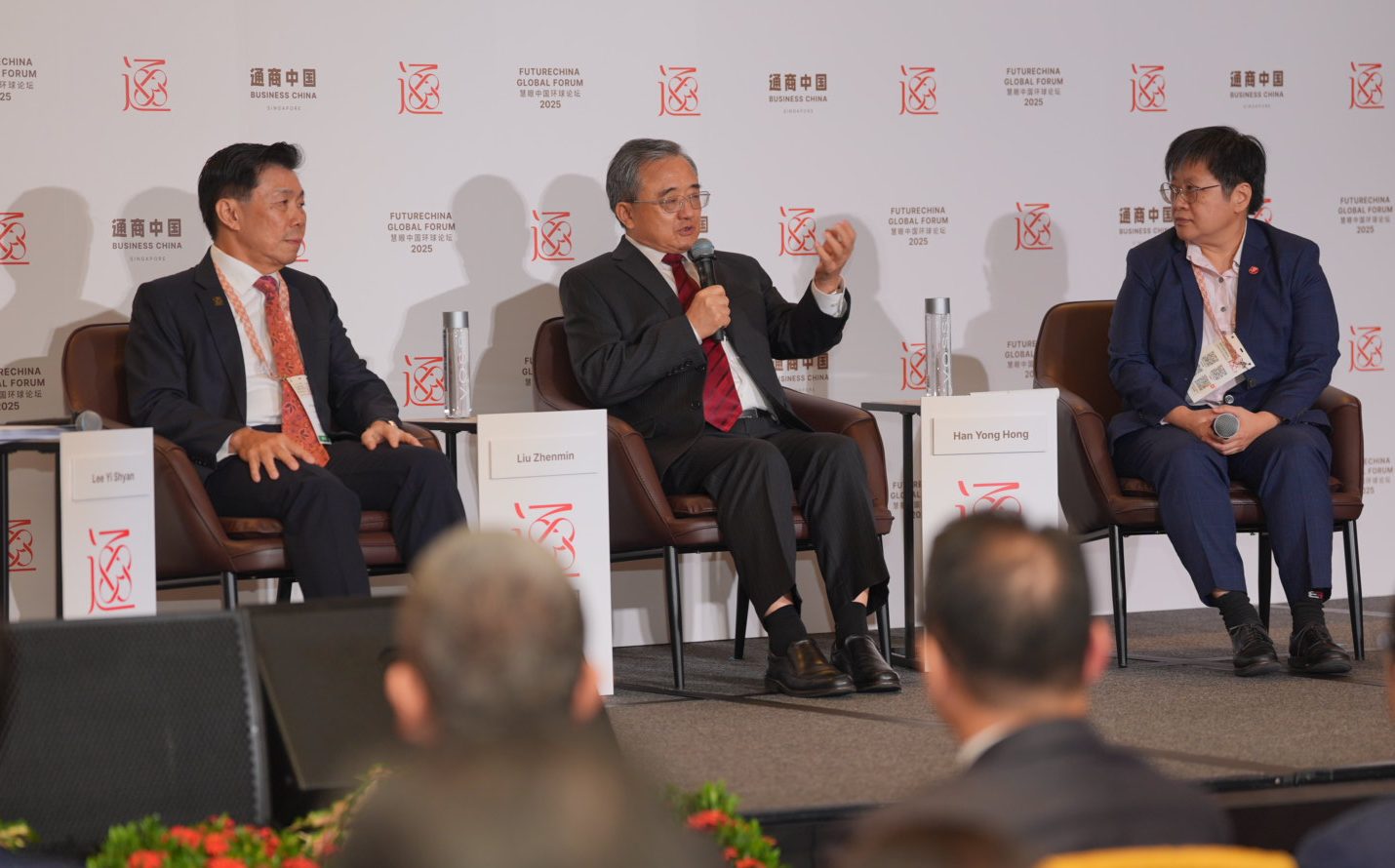Executive Summary
Speakers reviewed the achievements of 35 years of Singapore–China diplomatic relations and noted that the partnership has become a world-class model of mutually beneficial cooperation between a small state and a major power. The foundation of this relationship lies in keeping pace with the times, pragmatic trust, effective communication and robust institutional mechanisms which have enabled continued progress in economic, cultural and regional cooperation. While differences have occasionally arisen, sincerity, established frameworks and an adaptive attitude have enabled both sides to resolve challenges and advance collaboration. Looking ahead, amid a complex global environment and rising protectionism, Singapore and China can continue to promote regional integration, globalisation and youth exchanges, contributing to peace and development in the region and the world.
1. A World-Class Model of Cooperation
- Over the past 35 years Singapore–China relations have developed rapidly, becoming a global model of peaceful coexistence and win–win partnership between small and large nations.
- Singapore has played key roles as an aviation, maritime, financial, trade and cultural hub, serving as a vital gateway for China to engage Asia and the wider world.
- In multilateral arenas such as the United Nations and on issues like climate change the two countries have cooperated closely, contributing positively to global governance.
2. Guiding Principles and Mindset in Managing Differences
- Sincerity: From the outset cooperation was based on genuine intent to assist and build mutual trust.
- Institutional mechanisms: The Vice-Premier-level Joint Council for Bilateral Cooperation and eight provincial and municipal business councils provide enduring platforms for government and enterprise collaboration.
- Keeping pace with the times, pragmatic and win–win cooperation: Projects have evolved with changing priorities such as the Suzhou Industrial Park (industrialisation), Tianjin Eco-City (green development) and China-Singapore (Chongqing) Demonstration Initiative on Strategic Connectivity (opening up western China), reflecting how both sides focus on shared concerns relevant to each era.
- Seek common ground while managing differences: Through communication and understanding both sides prioritise areas of consensus and address differences pragmatically.
3. Economic Cooperation and the Value of Global Integration
- Global geopolitical turbulence, protectionism and trade wars have created uncertainty.
- ASEAN integration and ASEAN-centred cooperation mechanisms offer a broad platform for bilateral and regional collaboration.
- Economic cooperation cannot be decoupled. Free trade agreements such as the upgraded China–ASEAN FTA and the RCEP serve as crucial regional frameworks to sustain global trade and connectivity.
- A more integrated global economy brings the greatest benefits to societies and economies on both sides.
4. “Choosing Sides” and Independent Development
- China’s foreign policy is based on the Five Principles of Peaceful Coexistence, promoting relationships built on mutual respect, equality and shared benefit without forming alliances.
- Singapore and other Southeast Asian nations must uphold independent political and diplomatic judgement to safeguard regional interests and development.
- Alliances do not guarantee national security and may even entail greater risks. Independent development and an ASEAN-centred regional cooperation framework will ensure sustainable progress.
- Asian countries need a peaceful and stable international environment and a fair and rules-based global economic order.
5. Future Directions for Cooperation
- Value-adding and platform role: Singapore can serve as an independent operational hub and service platform for Chinese enterprises going global, offering legal, talent and intellectual property support.
- Jointly exploring new markets: Drawing on complementary strengths both sides can expand into emerging markets such as India and South Asia.
- Youth exchange and cultural continuity: Strengthening youth interaction and mutual understanding will foster a sense of shared mission and ensure the long-term vitality of bilateral relations.

